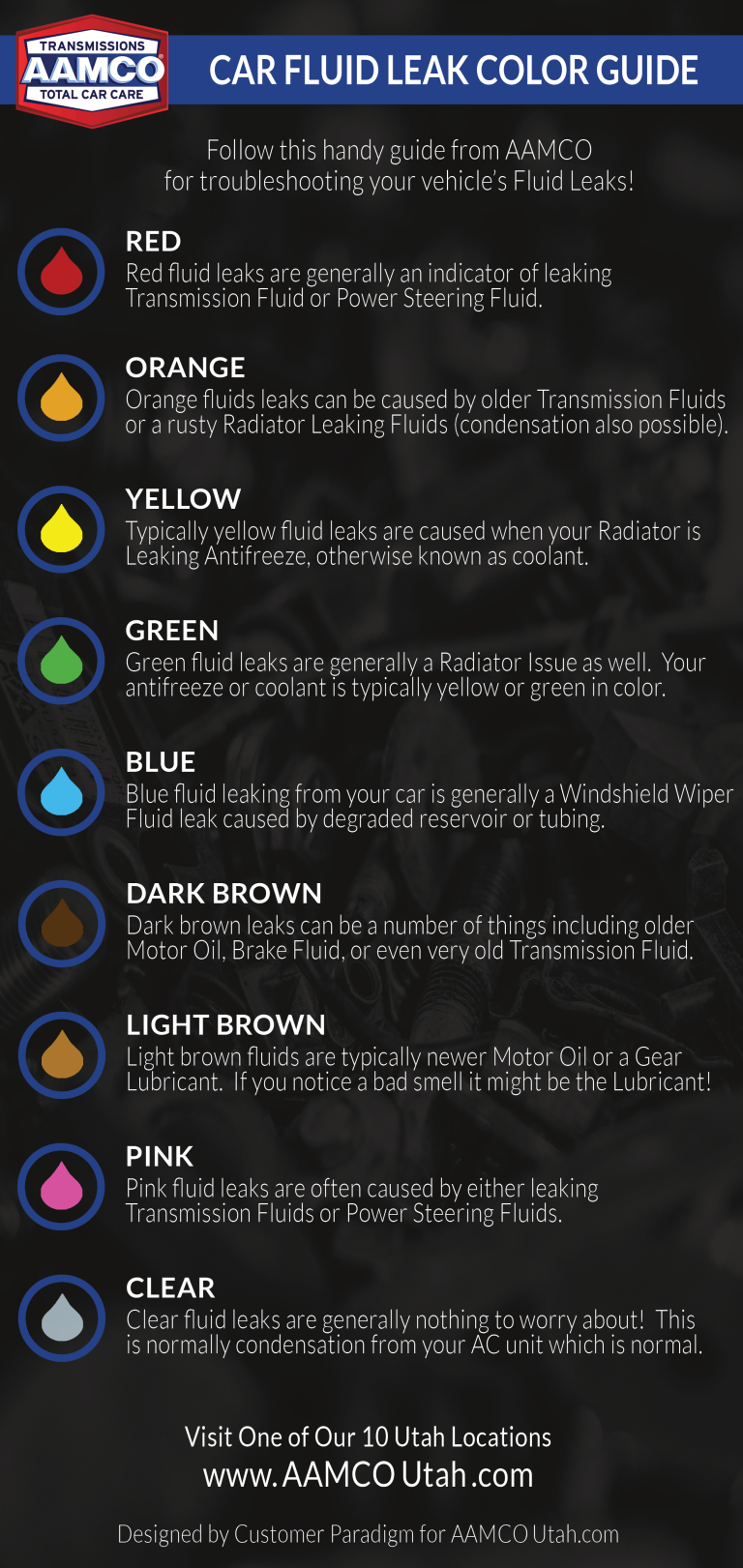What Color Indicates Power Steering Fluid: Decoding the Power Secrets
Power steering fluid is typically red in color, but may turn reddish-brown or brown over time. This fluid is identifiable by its oily texture and thin consistency.
Understanding the color of power steering fluid is essential for maintaining your vehicle’s steering system. When checking for leaks or replenishing the fluid, knowing the correct color can help prevent potential issues. Proper maintenance of your power steering fluid ensures optimal performance and safety while driving.
Familiarizing yourself with the appearance and characteristics of power steering fluid is crucial for keeping your vehicle in top condition.

Credit: egypttimetravel.com
Decoding Power Steering Fluid Colors
What color is power steering fluid? The color of your power steering fluid will be affected by time. If it is fresh, it will be red, but as time goes on, it will turn reddish-brown before eventually settling into plain old brown. You can identify the power steering fluid through other attributes like its oily feel and thin consistency.
Fresh Power Steering Fluid Color
When fresh, power steering fluid appears red, indicating its optimal condition for efficient performance.
Aging Power Steering Fluid Color
As power steering fluid ages, it transitions from a vibrant red to a reddish-brown shade, signaling the need for potential replacement to maintain system health.
Determining Leaks Based On Fluid Color
What color is power steering fluid? The color of your power steering fluid will be affected by time. If it is fresh, it will be red, but as time goes on it will turn reddish-brown before eventually settling into plain old brown. You can identify the power steering fluid through other attributes like its oily feel and thin consistency.
Identifying Leaks From Red Or Reddish Fluid
- Red: Indicates power steering fluid leak
- Reddish-brown: Aging fluid suggesting potential issues
Differentiating Fluid Colors For Car Issues
- Red or reddish: Power steering fluid
- Other colors may indicate different car issues
Signs Of Low Power Steering Fluid
Power steering fluid is essential for the smooth operation of your vehicle’s steering system. When the level of power steering fluid is low, it can lead to various noticeable signs that indicate a need for immediate attention. Being aware of these signs can help you address the issue promptly and avoid potential damage to your vehicle’s steering components. Below are the primary signs of low power steering fluid:
Difficulty Turning The Wheel
If your steering wheel feels unusually resistant or hard to turn, it may indicate low power steering fluid levels. This can make steering more laborious and less precise, affecting your vehicle’s maneuverability and overall driving experience. It is crucial to check the power steering fluid level and refill it if necessary to restore smooth and effortless steering operation.
Loud Steering Noises
Unusual noises, such as squealing or whining, when turning the steering wheel could be a sign of low power steering fluid. These noises are often caused by the lack of lubrication in the steering components, resulting from insufficient fluid levels. Addressing this issue promptly by checking and topping up the power steering fluid can prevent further damage to the steering system.

Credit: blog.1aauto.com
Safety Concerns With Power Steering Fluid Leaks
Power steering fluid plays a crucial role in ensuring smooth and effortless steering for vehicles. However, when there is a leak in the power steering system, it can pose safety concerns for the driver. It is important to address power steering fluid leaks promptly to avoid potential dangers and ensure the safety of both the driver and the vehicle.
Potential Dangers For The Driver
A power steering fluid leak can lead to several potential dangers for the driver:
- Loss of Steering Control: When power steering fluid is leaking, it can result in a loss of steering control. This can make it difficult for the driver to maneuver the vehicle effectively, especially at higher speeds or when making sharp turns.
- Increased Steering Effort: In the absence of sufficient power steering fluid, the driver may experience increased steering effort. This can make it more challenging to navigate the vehicle, leading to driver fatigue and potentially compromising safety on the road.
- Steering Wheel Lock-Up: If the power steering fluid leak is severe, it can cause the power steering system to malfunction, resulting in a complete steering wheel lock-up. This can be extremely dangerous and may lead to loss of control of the vehicle.
Importance Of Addressing Leaks
Addressing power steering fluid leaks is of utmost importance to ensure the safety of the driver and prevent further damage to the vehicle. Ignoring or delaying repairs can have serious consequences:
- Prevention of Accidents: By promptly addressing power steering fluid leaks, the risk of accidents caused by impaired steering control can be minimized. This ensures a safer driving experience for both the driver and other road users.
- Prolonging the Power Steering System’s Lifespan: Power steering fluid leaks can lead to excessive wear and tear on components of the power steering system. By addressing leaks in a timely manner, you can prevent further damage and extend the lifespan of the system.
- Cost Savings: Repairing power steering fluid leaks early on can help avoid more extensive and expensive repairs down the line. By addressing the issue promptly, you can save money on potential major repairs or even a complete power steering system replacement.
In conclusion, power steering fluid leaks can jeopardize the safety of the driver and the vehicle. It is crucial to take immediate action when leaks are detected to prevent accidents, maintain proper steering control, and save on costly repairs. Regularly checking the power steering fluid levels and addressing any leaks promptly can contribute to a safer and more reliable driving experience.
Understanding Power Steering Fluid Colors
The color of power steering fluid indicates its condition. Fresh fluid appears red, while it gradually turns reddish-brown, and eventually becomes plain brown over time. Other distinguishing factors include its oily texture and thin consistency. Leaking power steering fluid typically appears as a red or reddish color, signaling the need for attention.
Power steering fluid is a vital component in a vehicle’s power steering system. It helps to lubricate and transfer hydraulic pressure to make steering smooth and effortless. One aspect that can provide valuable insights into the condition of the power steering fluid is its color. By understanding power steering fluid colors, you can identify potential issues and take appropriate action to maintain the performance of your vehicle.
Usual Colors For Power Steering Fluid
The color of power steering fluid can vary depending on its age and condition. However, the usual colors for power steering fluid are as follows:
| Color | Description |
|---|---|
| Red | Fresh power steering fluid is typically red in color. It indicates that the fluid is clean and in good condition. |
| Reddish-Brown | As time goes on, power steering fluid may turn reddish-brown. This color indicates that the fluid is aging and might be due for a replacement. |
| Brown | If power steering fluid settles into a plain old brown color, it suggests that the fluid is old and contaminated. It is essential to address this issue to prevent any potential damage to the power steering system. |
Indicators Of Contaminated Fluid
Contaminated power steering fluid can lead to problems with the power steering system and compromise its performance. Here are a few indicators that suggest the fluid is contaminated:
- Cloudy Appearance: If the power steering fluid appears cloudy or milky, it could be an indication of water or coolant contamination. This can occur due to a leak in the system or a faulty component.
- Foaming: When power steering fluid becomes contaminated, it can develop foamy bubbles. Foam in the fluid is a sign of air or moisture infiltration, which can affect the system’s functioning.
- Strong Odor: Contaminated power steering fluid may emit a foul smell. This odor can be an indication of debris, dirt, or other contaminants present in the fluid.
- Increased Noise: If you notice unusual noises coming from the power steering system, such as squealing or whining sounds, it may be a result of contaminated fluid. The contaminants can cause increased friction and hinder the smooth operation of the system.
Regular maintenance and periodic checks of your power steering fluid’s color and condition are crucial to ensure optimal performance and extend the lifespan of your power steering system. If you notice any concerning colors or indicators of contaminated fluid, it is recommended to consult a professional mechanic for further inspection and necessary repairs.

Credit: pubs.acs.org
Frequently Asked Questions On What Color Indicates Power Steering Fluid
What Color Is Power Steering Fluid?
Power steering fluid is typically red when fresh, but may turn reddish-brown and eventually brown over time.
What Should Power Steering Fluid Look Like?
Power steering fluid should be red when fresh, turning reddish-brown with age, then brown. It should feel oily and have a thin consistency.
What Colour Is Power Steering Leak?
Power steering fluid can vary in color, but it is typically red. However, over time, it can turn reddish-brown and eventually settle into plain brown. Other characteristics of power steering fluid include its oily feel and thin consistency.
What Are The Signs Of Needing Power Steering Fluid?
The signs of needing power steering fluid include difficulty turning the wheel and loud steering. Low power steering fluid can cause the wheel to feel “hard” and tough to turn. The fluid is typically red but can also be clear, pink, or green.
Leaking power steering fluid can be dangerous.
Conclusion
Identifying power steering fluid by color is essential for detecting leaks or addressing maintenance issues. Fresh fluid will be red, gradually turning reddish-brown, then brown. Understanding the color variations and characteristics will help car owners maintain their power steering system effectively.
Keep an eye on fluid color for smooth vehicle performance and safety.







